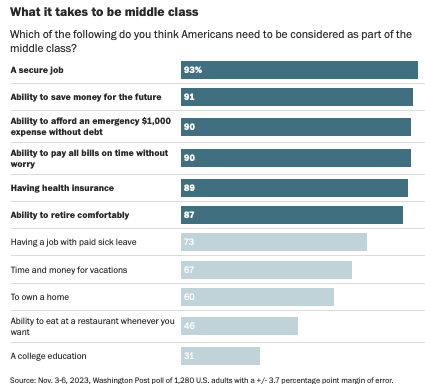from FactCheck.org,
6/28/19:
To hear politicians tell it, wages are rising at the fastest rate in a decade, are the same as they were 45 years ago and are at a 60-year low. And all three claims could be correct, depending on what measure is used to justify it.
Parsing the political claims on wages is an exercise in fun with statistics. There are several different ways to measure what’s happened to workers’ paychecks, leading to disparate and conflicting claims, and confusing messages to voters.
“There’s not necessarily one way [to look at wages] and that’s why you can get all the conflicting claims,” Jay Shambaugh, director of The Hamilton Project and a senior fellow in economic studies at the Brookings Institution, told us.
The bottom line, as shown in the graph below from the Bureau of Labor Statistics, is that real wages over the long-term peaked in the early 1970s, before generally falling over the next few decades and then beginning to climb back up starting in the mid-1990s.

In a May 31 proclamation on homeownership month, President Donald Trump said that “wages are rising at the fastest rate in a decade.” More recently, Trump has exaggerated the claim to “many decades.”
For instance, on June 18, Trump told a crowd in Orlando in launching his reelection campaign, “These are the same career politicians who presided over decades of flat wages,” adding later: “Wages are rising at the fastest rate in many decades, and really what’s nice is they’re rising the fastest for the lowest income Americans.”
The same day, Sen. Bernie Sanders, a Democratic presidential candidate, told CNN’s Erin Burnett: “For the last 45 years the average American today has not seen a nickel more in real wages than he or she got 45 years ago. That’s pretty crazy.” He made a similar claim that day to MSNBC’s Andrea Mitchell.
More From FactCheck.org,:










